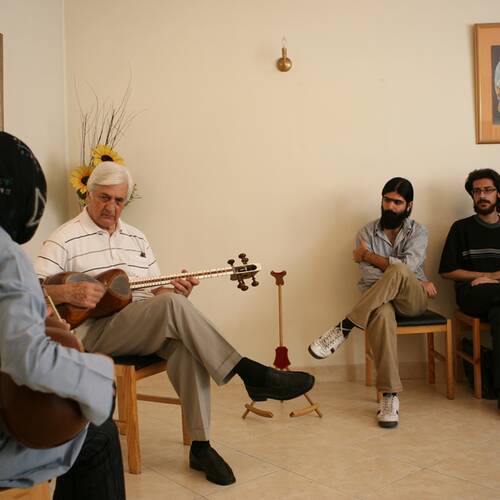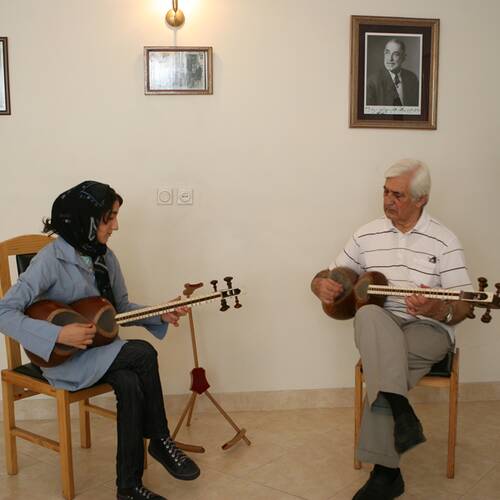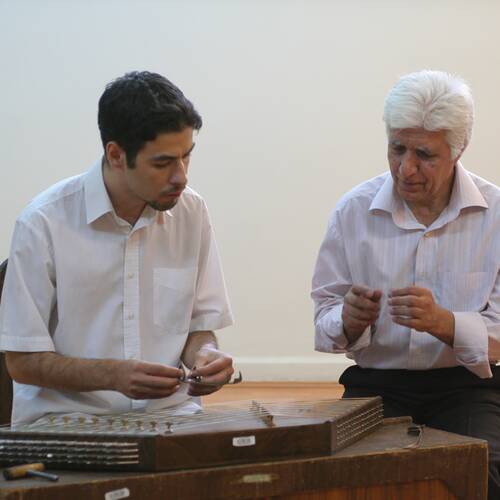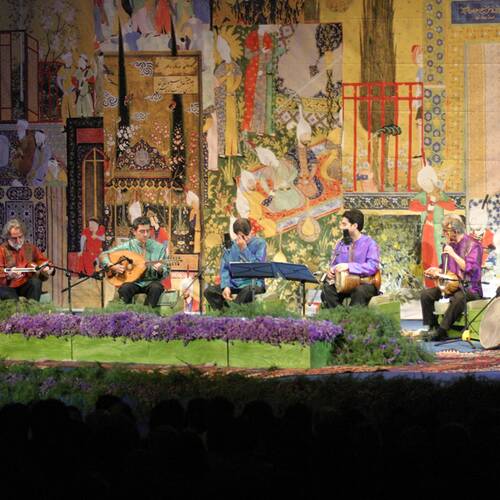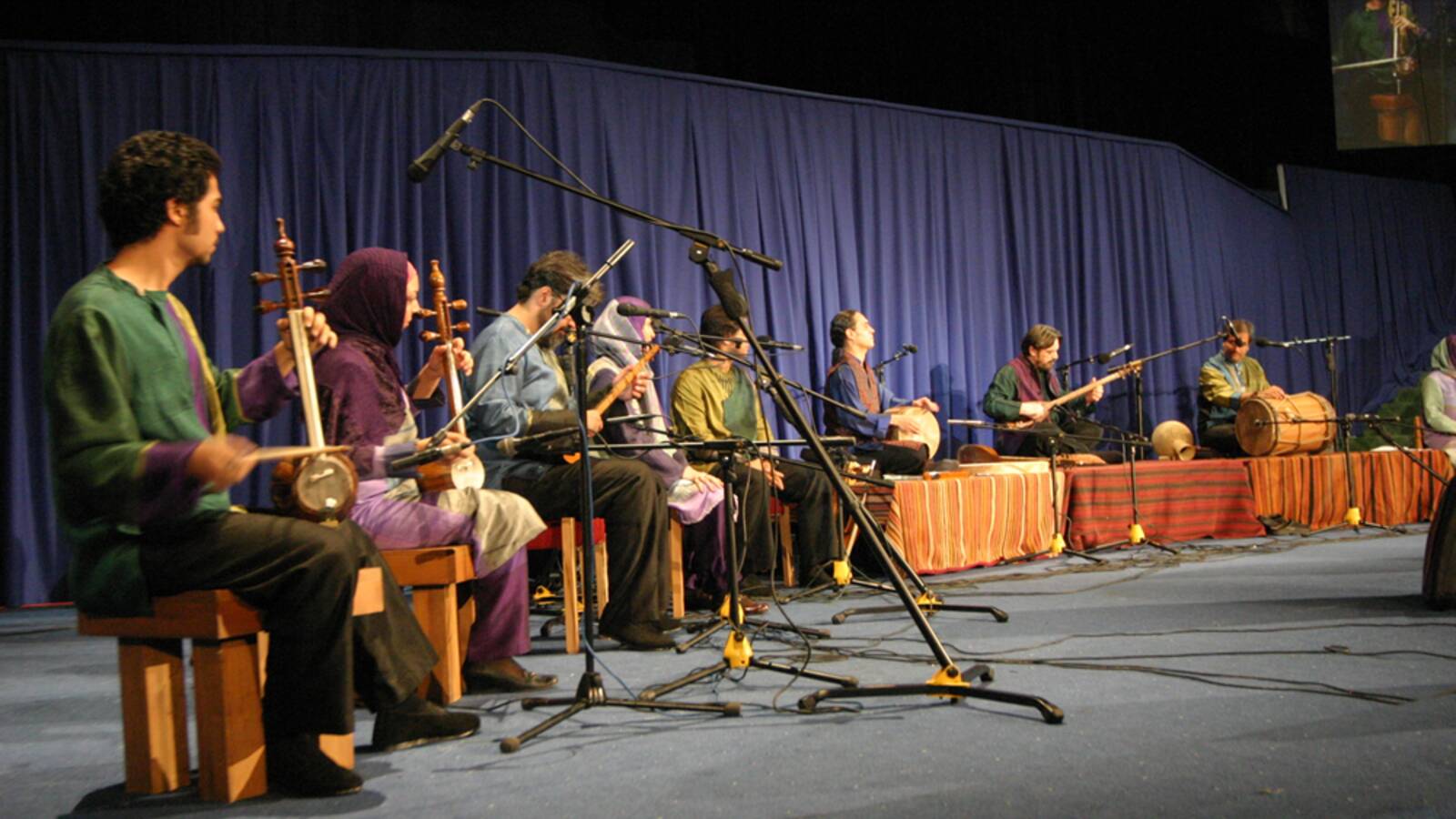
Iranian music is also called Iranian traditional music, classical music of Iran and sometimes instrumental music of Iran. In fact, this art has been transferred orally from Master to student over the years and what is today available to us as the traditional music of Iran is the result of the great men and women endeavor.
Iranian music has influenced the other countries’ music including Afghanistan, Pakistan, Turkey, Armenia, Azerbaijan and Greek; however, they have also mutually impressed the Iranian music over time. Radifs of the original Iranian music have been inscribed, in 2009, on the Representative List of the Intangible Cultural Heritage of Humanity in UNESCO. The beginning of this art goes back to the years before Christ.
A stamp seal discovered from Choghamish in Dezful, related to 3400 years ago, shows a group of musicians each playing an instrument; Harp, trumpet and tonbak are the instruments depicted on this work. The discovery of the similar stone carving works in this region witnesses the activity of many musicians in ancient Iran. Iranian music has been historically classified into two time zones: pre-Islamic period and Islamic era.
The traditional music of Iran is constituted from Dastgahs, Gushes, Avazes, and its own unique forms which is today included seven Dastgahs and six Avazes. Sur, Segāh (the third place), Čahārgāh (the fourth place), Homāyun, Māhur, Navā and Rāst-Panjgāh (the fifth place) are seven Dastgahs of Iranian music. Avaz can be also considered as a small and brief Dastgah; interesting in this respect are Avaz-e Dashti, Avaz-e Abu’ata, Avaz-e Afshari, Avaz-e Bayat-e Tork, Avaz-e Esfahan, Avaz-e Bayat-e Kord, Avaz-e Shyshtar. Among the main musical instruments in Iran, Ney, Daf, Tar, Setar, Dotar, Divan, Shurangiz, Tonbak, Dayereh, Kamanche, oud (Barbat), Qanun, Suroz, Ney-anban, Trumpet, Sorna, Duduk (Balaban), Drum, kettledrum and Clarinet can be referred.
There also exist some unique music in Iran related to different regions and folks: Kurdish music (of the oldest music across the world), Baluchi music, Azerbaijan music, Bakhtiari music, Khorasan music, Ghazvin music, South of Iran music, Gilak music, Mazandaran music, Lorestan music, Talesh music, Bandar music, Elam music, Ghashghaei music, and the local music of Fars.
